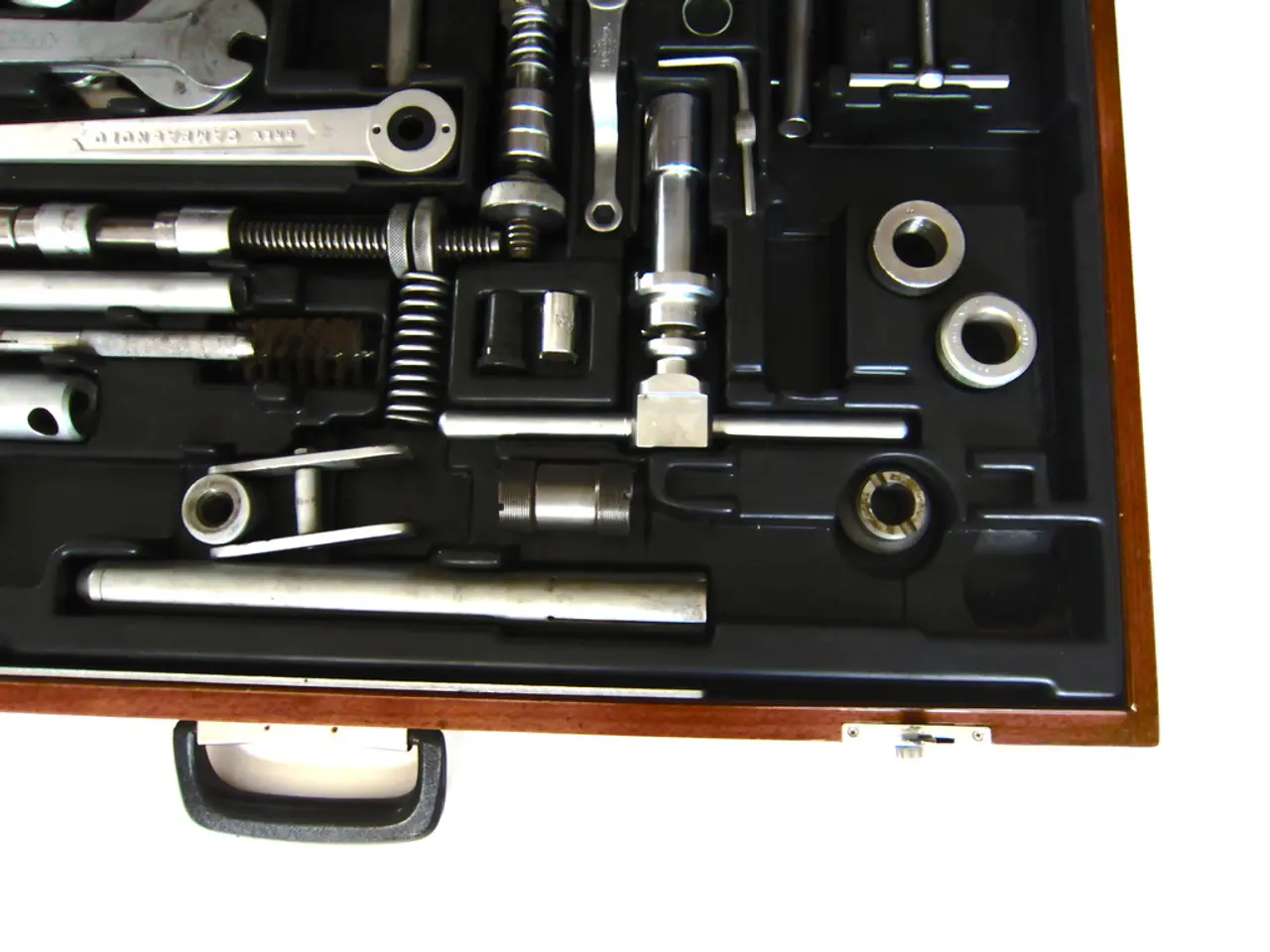DIY Guide on Re threading a Bolt Hole Without Using a Rethreader
Repairing Damaged Bolt Holes: A Comprehensive Guide
Damaged bolt holes can pose a significant challenge to any project, potentially halting progress or rendering equipment unusable. This article offers a comprehensive guide on various methods to repair damaged bolt holes, providing solutions for when dedicated rethreader kits are unavailable.
Lubrication During Tapping
When rethreading a bolt hole, it's essential to use cutting oil or machine oil to lubricate the threads. This lubrication reduces friction, prevents overheating, and ensures a clean cut.
Identifying the Thread Type and Size
Accurate identification of the thread type and size is crucial for successful repair. A mismatch in these aspects can lead to further damage and complications.
Repairing Minor Damage
Minor damage can often be repaired with cleaning and thread chasing. However, when the tap gets stuck during rethreading, do not force it. Instead, try reversing the tap, applying more penetrating oil, and gently turning it forward again.
Alternative Repair Methods
When dedicated rethreader kits are unavailable, alternative methods can be employed. These include welding a nut onto the workpiece, drilling and tapping manually, using thread inserts like Heli-Coil, using a flanged or oversized nut pressed or welded in place, and extracting broken bolts and re-drilling.
Welding a Nut
Placing a nut over the damaged hole, welding it in place, and then using the nut threads for fastening is an option, but it requires welding skills and equipment, and removing any coating from the nut and hole for good weld adhesion.
Drilling and Tapping Manually
Even without a full set, you can manually drill out the damaged hole to a slightly larger size and carefully tap new threads with an appropriate tap tool. However, taps are brittle and require patience to avoid breaking.
Using Thread Inserts
Thread inserts like Heli-Coil are a common and relatively permanent solution. The process involves drilling and tapping a larger hole, then screwing in a coil insert that provides new threads for the original bolt size.
Using a Flanged or Oversized Nut
Recessing and welding specifically sized nuts into the hole to replace the damaged threads without tapping is another option.
Extracting Broken Bolts and Re-drilling
For holes with broken fasteners, a combination of drilling out the bolt with left-handed drill bits or extractors, then repairing the threads as above may be necessary.
Thread Repair Inserts
For more severely damaged threads, thread repair inserts, such as Helicoil, offer a robust solution by creating new, stronger threads within the original hole.
Avoiding Excessive Force
Avoid applying excessive force to the tap, bolt, or the surrounding material to prevent further damage. Turn the tap in small increments and back it off frequently to break chips and prevent binding.
Types of Damaged Threads
Three common types of damaged threads are cross-threading, stripping, and corrosion. Clean the hole and the tap frequently to remove debris and ensure a clean cut.
Working with Specialised Materials
When working with specialized or hardened materials, it's best to consult a professional. If the bolt hole is in a critical component, very extensive, or you don't have the necessary tools or experience, it's better to call a professional.
Using a Tap Handle or Wrench
Use a tap handle or wrench for better control and leverage when turning the tap.
Drilling and Tapping a New, Larger Hole
Drilling and tapping a new, larger hole is a last resort when the damage is too extensive or the material surrounding the bolt hole is weak.
[1] Thread Repair Techniques [2] How to Repair Damaged Bolts and Boltholes [3] Damaged Bolts: Repair Methods and Solutions [4] Helicoil Thread Repair Inserts [5] Tapping and Threading
- When maintaining a home-and-garden tool set, knowledge of tapping and threading, as well as methods for repairing damaged bolts, is beneficial to ensure efficient home improvements.
- Incorporating lubrication during tapping and following the proper thread repair techniques, such as using thread inserts or welding a nut, can enhance the overall lifestyle of homeowners by enabling smooth execution of home-and-garden projects.




